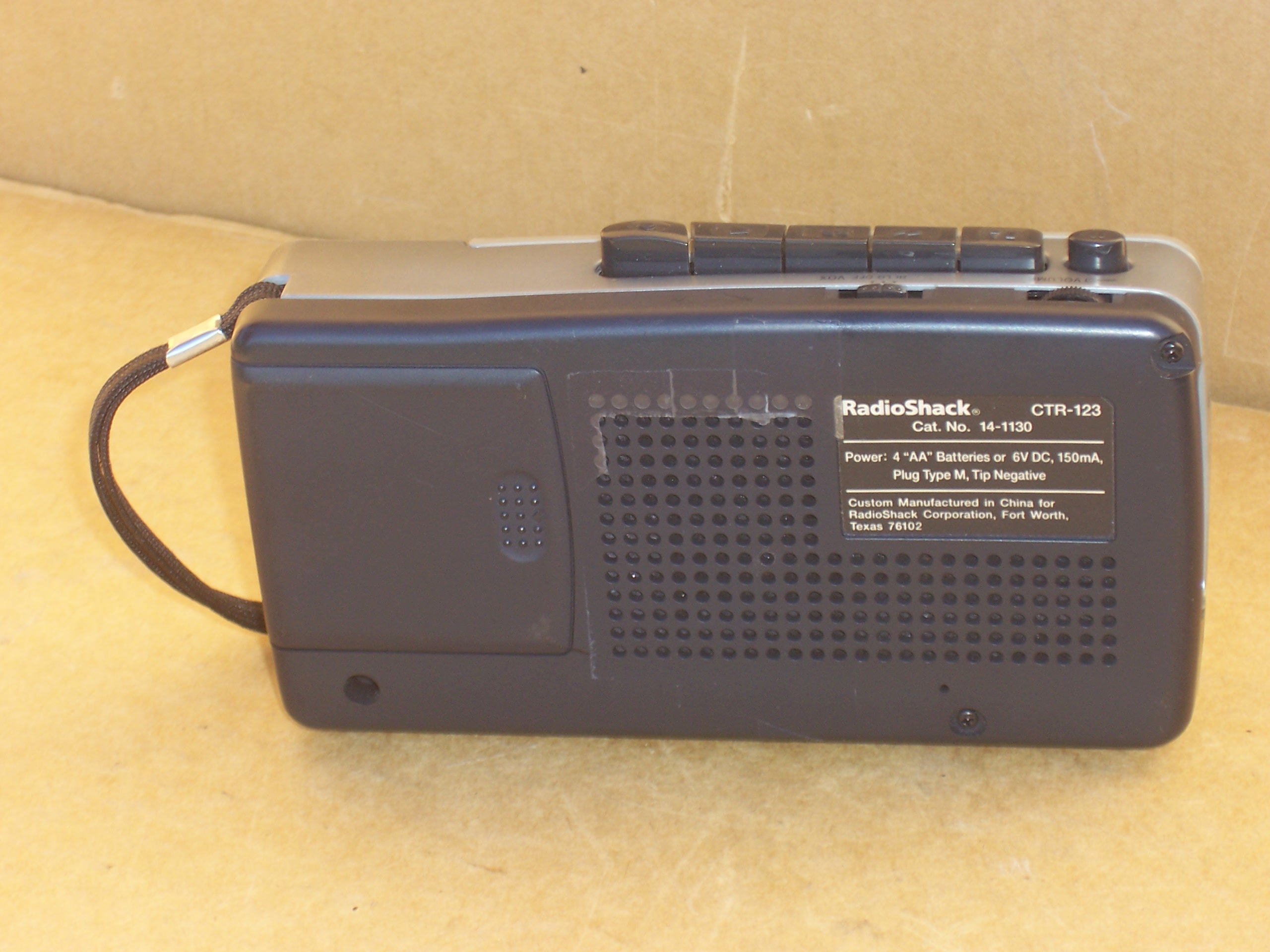

Over time, your charging cord can get worn out. You will be able to feel the adapter and notice that it is hot to the touch if this is the cause of your charging issue. Ensure your cord is not covered by blankets or coats and is not in contact with any heat source.
Radioshark evanston mac chargers pro#
If it is not, it could overheat, causing it to shut down or malfunction.Įither way, the MacBook Pro charger will not work again until it cools down. You will want to ensure that your charging cord adapter is in a well-ventilated area. Make Sure Your Charger is Well Ventilated If neither device gets power, check the breaker box.īut if your MacBook Pro doesn’t charge in any power outlet, your MacBook charger could be faulty. You can test the outlet with a lamp or your iPhone charger to see if it works. If it charges in another wall outlet, the original receptacle either has an issue or its breaker tripped. Unplug your MacBook Pro and plug it into a different electrical outlet. You’ll first want to check the wall power outlet you’re using to charge your MacBook Pro. But, in a worst-case scenario, you might have to purchase a new charging cable for your MacBook Pro.
Radioshark evanston mac chargers how to#
How to Fix It When MacBook Pro is Not Chargingīefore worrying about what you’ll do once you’re MacBook Pro dies, there are several troubleshooting steps to walk through to fix it.Īll the steps are simple and easy to follow. So, keep reading to look at some options to get your MacBook Pro charging again. I’ve had my Mac stop charging on me in the past, and I put together some methods to help you fix yours. I’m Eric, a Mac expert and proud owner of various MacBooks, including a 15-inch model. You can check the power source, make sure the charger isn’t overheating, and verify the cord isn’t damaged. If your MacBook Pro isn’t charging, there are several ways to try and fix the problem. As an Amazon Associate, We earn a commission from qualifying purchases at no extra cost to you.Įven though your MacBook Pro is a very reliable and capable computer, things can sometimes still go wrong– like it not charging. Of course, unless you want to use it with a Type G socket instead of the many other types, you will need to use another (grounded!) adapter to convert it to your desired (grounded!) wall socket.This site contains affiliate links. Technically you could hack the not grounded 3 prong UK (Type G) adapter (that I mentioned before) to connect the ground prong to the grounding pin as shown in this tutorial. The metal is more visible in the magnified picture on the right. The left picture from this answer shows the difference. So at Apple, the rule of thumb is that if it is an extension cord, then the socket is connected to the ground pin so it is probably grounded, if it is the small adapter, then there is no connection in the socket so no grounding for you:

You have to carry that extra 1.8 meter of cable tho. This is a 3 prong UK plug that has a grounding prong, but they haven't connected it! Fortunately at the extension cord there is a connection. Obviously a 2 pin/prong plug is not grounded, you'll need one with 3 of them, but even in this case you have to check if the adapter's socket/shoe has metal in it (AKA is connected to the ground), because you can't take that granted at Apple! Just check out this picture from this article: The charger can be grounded because the metal pin that holds the adapter is (subtly) also the ground: I have on occasion intentionally grounded one of the plastic feet with foil when I am waiting for the electrician to fix an outlet or I am working in a location where I can't get a proper ground. This sort of ground current drives me nuts (even though it's normally totally safe). You'll have to check with an electrician or take your mac to another outlet that is known to be properly grounded if you are already grounding it through the wall if you still feel the tingle with a grounded cord. You shouldn't be able to feel any tingle due to you being better grounded than the mac if your outlet is properly grounded. The adapter article from Apple has some good tips and a nice picture. (Or unearthed to some) Use a three conductor plug to ground the device and check your MagSafe pins to be sure they extend fully and mate correctly with the Mac. In the US, standard power means the "duck head" two prong connector is ungrounded. Your specific mac only grounds itself through the magsafe connector if you are using a grounded plug.


 0 kommentar(er)
0 kommentar(er)
